With Acura's launch of its second automated vehicle, the RLX, the luxury sedan manufacturer is closer to providing an attractive consumer option — Â a market Apple watchers expect the company's secretive "Project Titan" is also eyeing.
Breaking free of previous clutter in its initial prototype, Acura's second version of its RLX Sport Hybrid SH-AWD sedan displays a more minimalist design with the option to hide sensors. This sleeker design can be more appealing to drivers as cables and wires are less visible and more neatly integrated, when compared to current self-driving cars on the road like Google's autonomous vehicle.
Featuring proprietary automated technology in a sleeker, more subtle design, the new RLX was unveiled on Wednesday in California. The updated sensors for radar, GPS, Lidar and camera work with attached high performance CPUs and GPUs to offer a wider range of testing scenarios.
Data collected from the sensors overlaps, assisting engineers to test each sensor's information more accurately. This concept, sensor fusion, is also in use in the AcuraWatch safety and driver-assistive suite for all Acuras coming out in 2016.
Acura's second automated vehicle will be tested at the Honda Research Institute USA located at GoMentum Station, a 5,000-acre former naval base for testing automated vehicles in the San Francisco Bay Area. That's the same facility where Apple is alleged to have held discussions to test its own rumored car.
GoMentum Station has over 20 miles of roadway grids, buildings and infrastructure to create a realistic environment for testing automated and connected vehicles. Acura hopes to test out new prototypes and scenarios well enough to accelerate adoption of automated driving technologies by 2020.
Apple is widely believed to be working on an electric vehicle codenamed "Project Titan" at a top-secret facility in the town of Sunnyvale, Calif. The company is also said to be interested in making an autonomous, self-driving vehicle, much like the RLX test model announced by Acura on Wednesday.
Separately, Apple has been scanning roads around the world with a fleet of vans also covered with unsightly sensors. Though the vans are confirmed to be used to improve the Apple Maps service, some have speculated that the company could also be collecting data for a self-driving car.
Whether it's a full-fledged self-driving car like Google's autonomous vehicle, or a mapping van such as Apple's, a vehicle adorned in unattractive sensors is focused on practicality. But as Acura's new RLX shows, those aesthetics will undoubtedly need to change once car and tech companies begin to sell autonomous vehicles to image-conscious consumers.
 Jan Manon
Jan Manon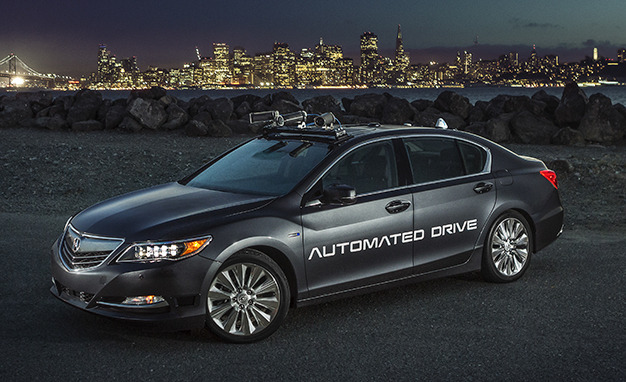
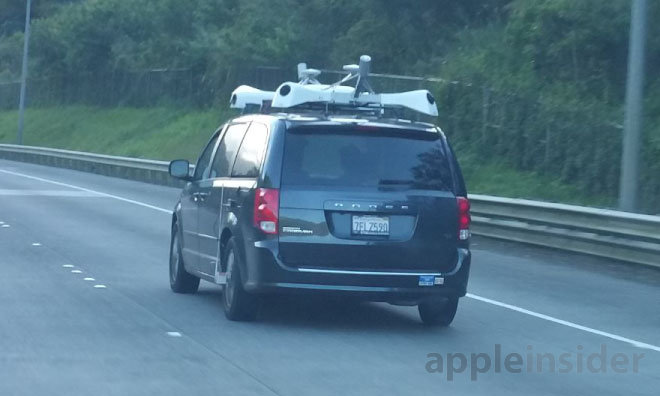

-m.jpg)






 Wesley Hilliard
Wesley Hilliard
 Andrew O'Hara
Andrew O'Hara
 Malcolm Owen
Malcolm Owen
 Marko Zivkovic
Marko Zivkovic

 Chip Loder
Chip Loder
 Christine McKee
Christine McKee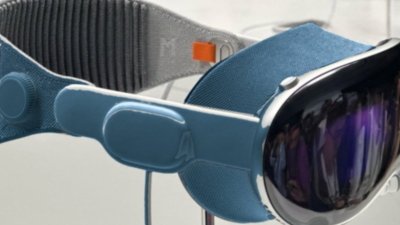
 William Gallagher
William Gallagher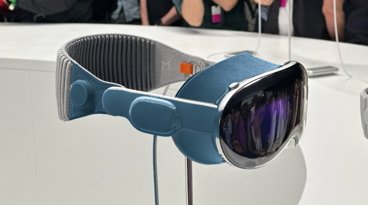
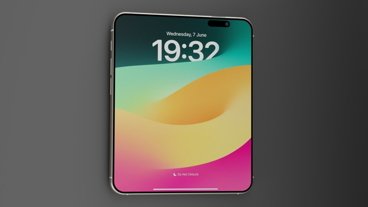
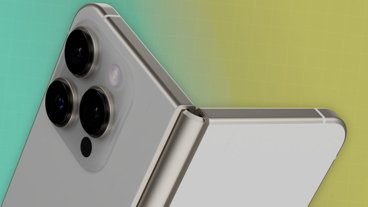

-m.jpg)





5 Comments
Volvo is very serious about this - http://www.volvocars.com/intl/About/Our-Innovation-Brands/IntelliSafe/IntelliSafe-Autopilot And as a warning, here is an early fail of a self driving Volvo parking - https://youtu.be/AsTxS6tg6xc
I thought the Dephi Audi was nicer looking with virtually no protruding sensors and it drove all the way across the US autonomously.
Images for self driving Delphi Audi cross country